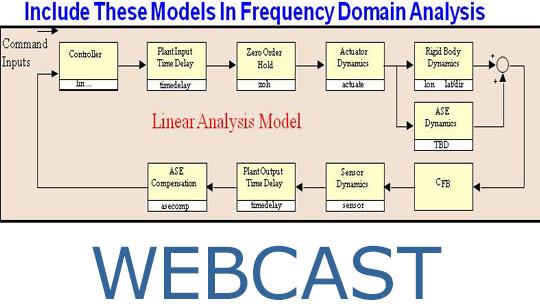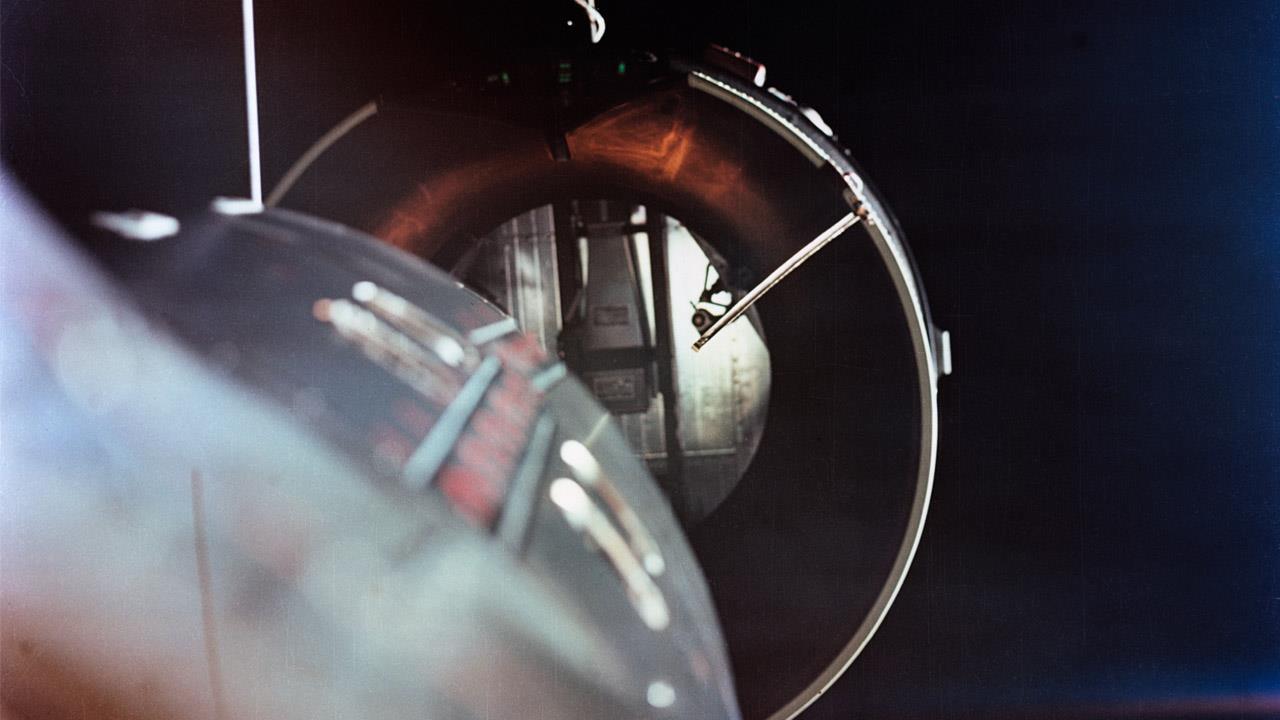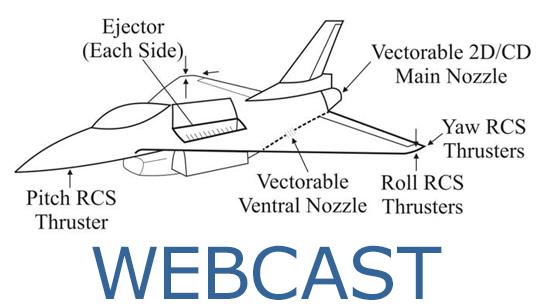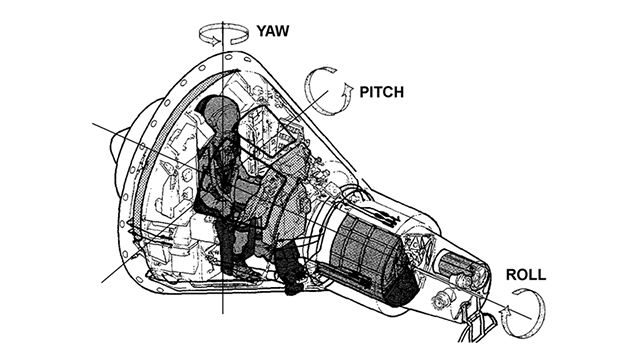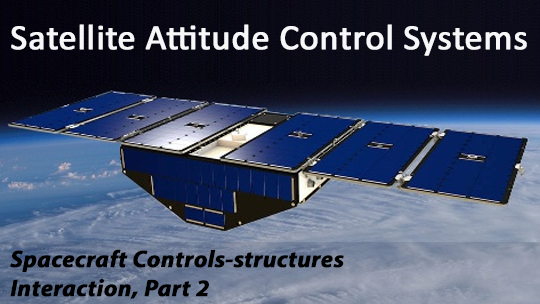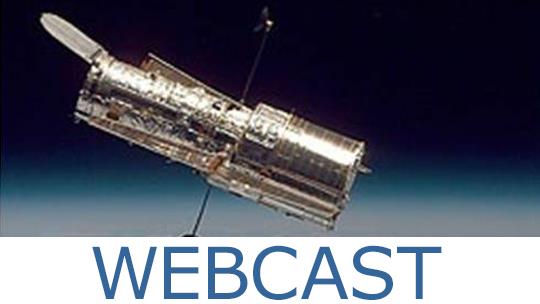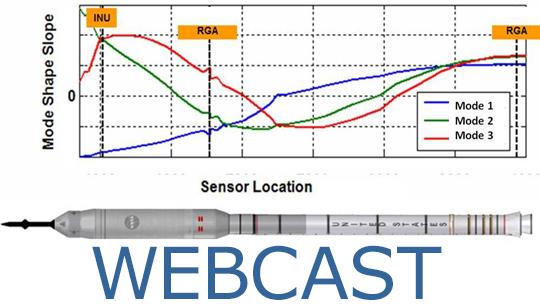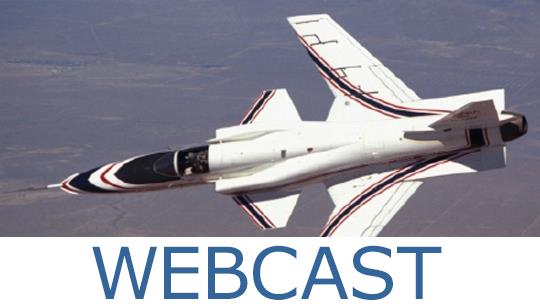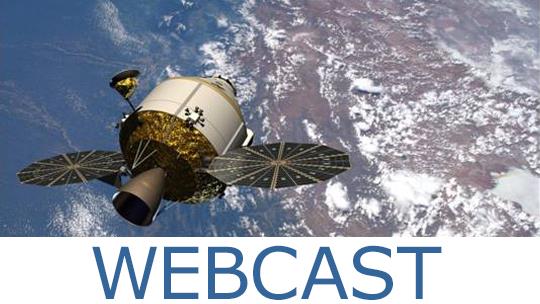Fundamentals of Spacecraft Attitude Control
Spacecraft attitude control systems are onboard systems that autonomously orient a spacecraft relative to a target reference frame. Spacecraft operate in a regime of very little disturbance torque as compared to atmospheric vehicles, and we therefore have greater expectations for their accuracy and stability. An understanding of the disturbance environments in various flight regimes is critical to design choices. Means of attitude stabilization run the gamut from passive to active methods and from spin-stabilized to zero-momentum three-axis stabilized systems. Control methods derive from the same body of control theory as other modern systems, with control bandwidths often in a range of much less than 1 Hz to avoid control-structure interaction. Attitude dynamics are inherently nonlinear but only occasionally require nonlinear control techniques, as the typically slow rate of attitude change usually allows linear design techniques to work well. Related topics that will be briefly addressed include attitude estimation techniques, attitude ground systems, and jitter (attitude motion outside the control bandwidth).
